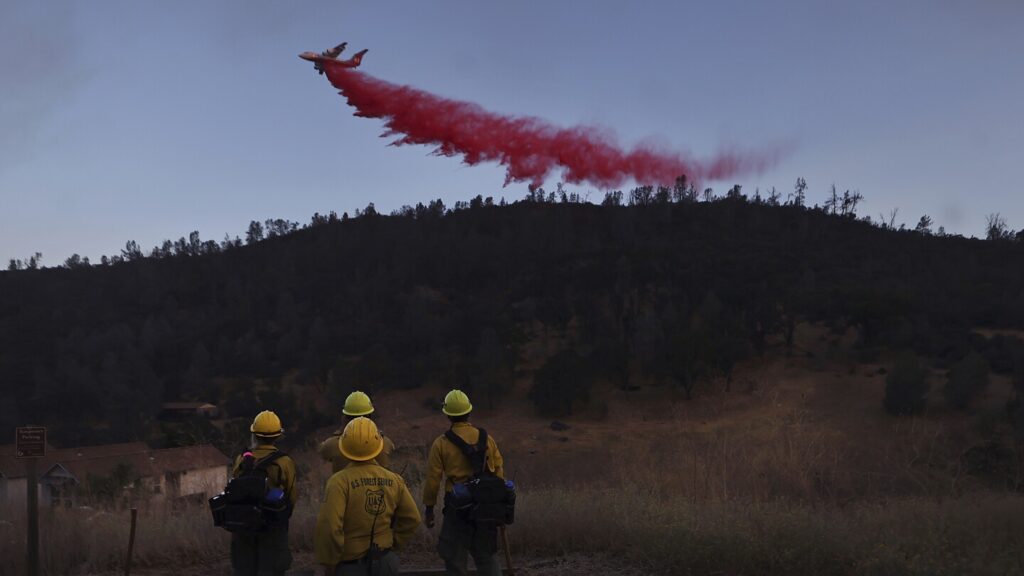President Donald Trump has ordered the consolidation of wildland firefighting efforts into a single program, aiming to streamline operations split among multiple agencies. The proposed Federal Wildland Fire Service under the U.S. Interior Department would involve transferring personnel from the U.S. Department of Agriculture’s Forest Service. Trump’s order, prompted by the need for quicker responses to wildfires, has raised concerns about potential cost implications and effectiveness.
The order, which does not address climate change despite its role in exacerbating wildfires, has faced criticism from firefighting organizations and former officials who warn of increased risks and disruptions. With over 65,000 wildfires burning nearly 9 million acres in the U.S. last year, restructuring firefighting strategies could divert focus from prevention to suppression, potentially leading to more severe fires.
While bipartisan support for the consolidation proposal exists, concerns about its practicality and impact persist. The move comes amidst predictions of another intense fire season driven by above-normal temperatures across the country. The Trump administration’s additional actions, such as rolling back environmental safeguards and facilitating the use of military aircraft in firefighting, have stirred debate over the best approach to wildfire management.
Critics argue that the proposed consolidation could undermine firefighting capabilities and increase the likelihood of catastrophic fires. As stakeholders continue to assess the implications of Trump’s directive, the discourse surrounding effective wildfire management remains a complex and pressing issue.

